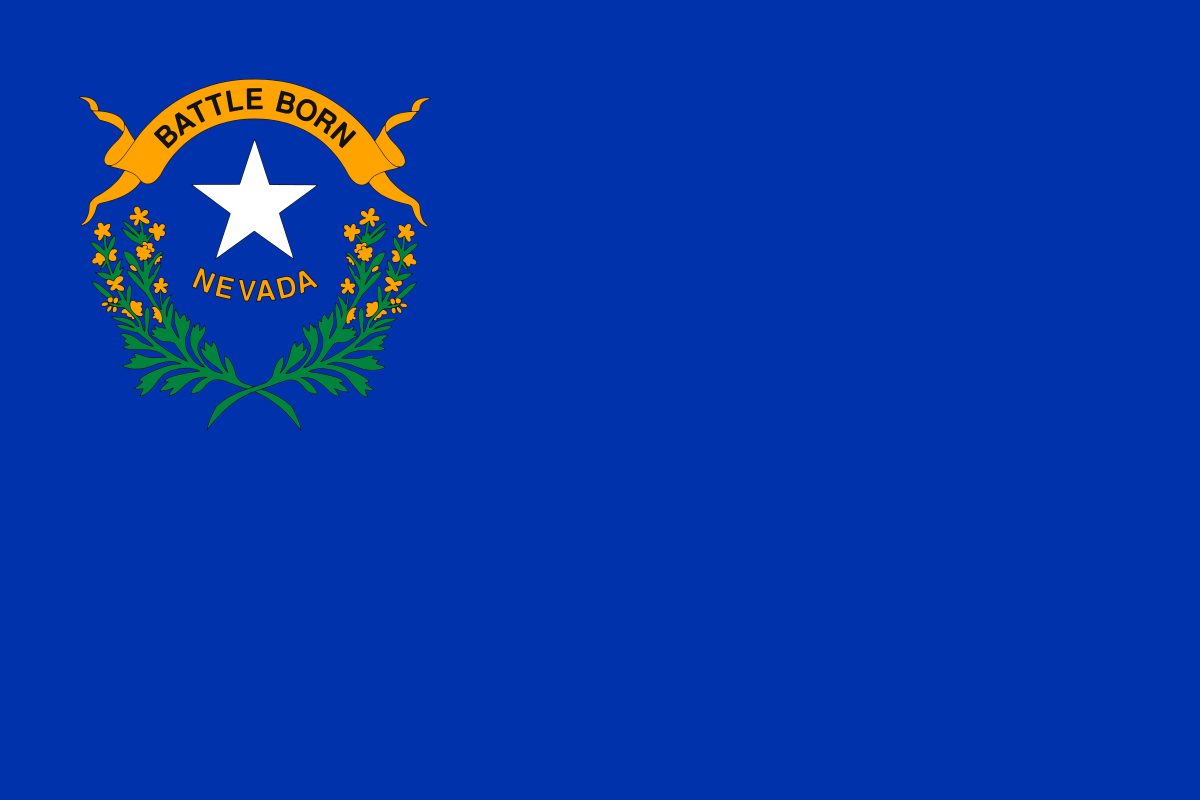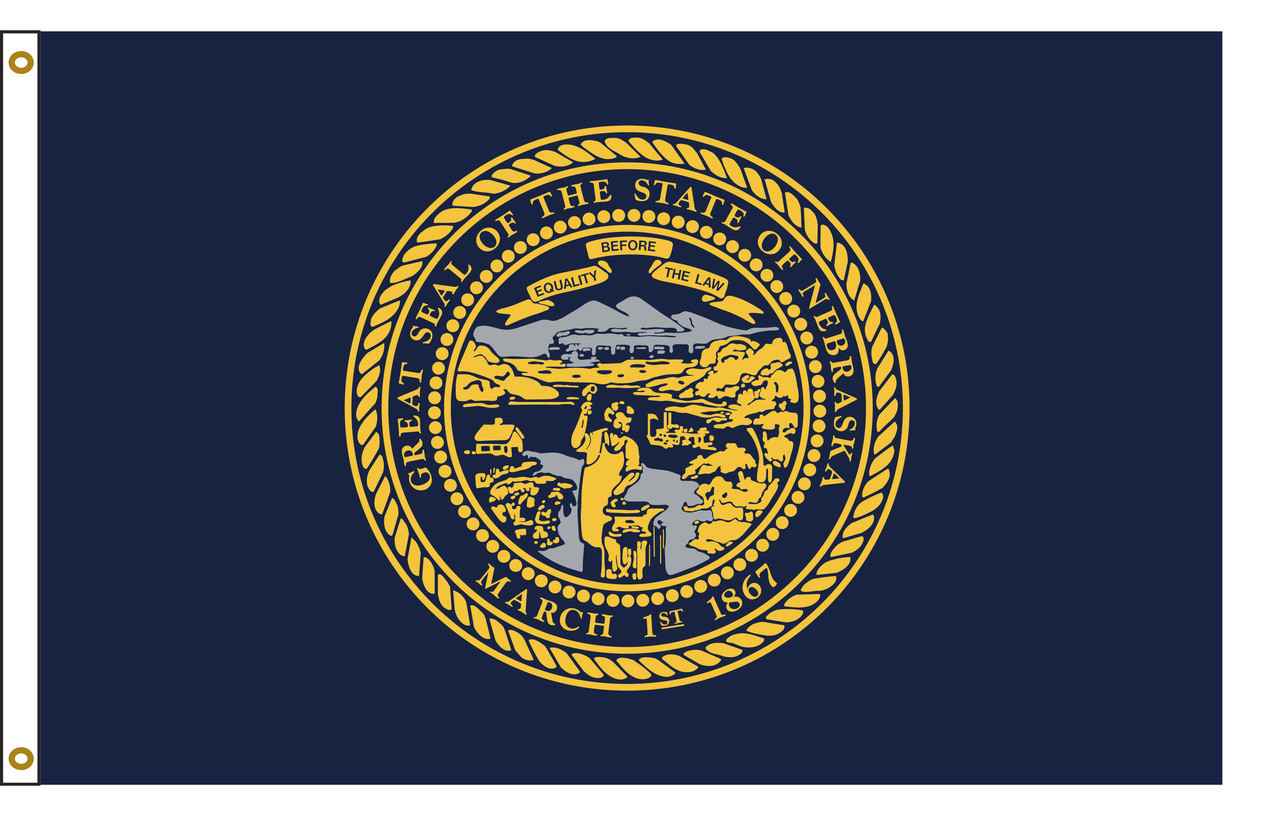In today’s dynamic work environment, maintaining an organized and efficient system for employees leave management is essential for every business. Manual processes not only take up valuable time but are also prone to errors that can disrupt team productivity. Enter the leave app a digital tool that simplifies HR workflows and enhances the employee experience by providing an accessible, streamlined way to manage time off. Let’s explore how a leave app can simplify HR tasks, minimize errors, and ultimately improve employee satisfaction.
1. Centralized Leave Management: A Unified System
One of the main advantages of a leave app is the consolidation of all leave data in a single, easily accessible system. For HR teams, having a unified platform eliminates the need to track leave requests through spreadsheets, email chains, or physical forms. With everything in one place, HR staff can quickly view who’s on leave, identify patterns, and address any potential staffing conflicts. This centralized system also empowers managers with real-time visibility into team schedules, ensuring the right staffing coverage.
For employees, a leave app provides instant access to their leave balance, history, and policies, removing guesswork and enhancing transparency. By reducing the need for back-and-forth communication, a leave app promotes autonomy, making employees feel more in control of their time off.
2. Automating Approval Workflows to Save Time
Approval processes are a critical component of leave management, but without automation, they can become a significant drain on time and resources. A leave app automates this process by routing requests to the appropriate managers for quick approval. Automated notifications remind managers of pending requests, speeding up the process and reducing the risk of forgotten or delayed approvals.
This efficiency benefits HR as well. By automating workflows, HR staff are free to focus on more strategic activities rather than chasing approvals or manually updating leave records. Ultimately, automation reduces the processing time for each leave request, creating a smoother experience for both employees and managers.
3. Enhancing Accuracy with Real-Time Data
Errors in leave calculations—whether it’s an inaccurate balance or miscalculated leave accruals—can lead to confusion and dissatisfaction among employees. A leave app mitigates these issues by providing real-time updates on leave balances and accruals, ensuring accuracy every step of the way. For instance, as soon as an employee submits a request or a manager approves it, the system updates leave balances instantly.
For HR teams, the ability to access accurate data without double-checking calculations means fewer manual errors and more reliable records. Employees gain confidence knowing their leave information is up-to-date and accurate, reducing any uncertainty around time-off entitlements.
4. Boosting Employee Satisfaction with Self-Service Options
Self-service functionality is a standout feature of a leave app. By allowing employees to submit leave requests, check balances, and view approvals on their own, they gain autonomy over their time-off management. This empowerment eliminates the need for employees to rely on HR or management for basic information, fostering a sense of trust and ownership.
A leave app that provides a mobile-friendly experience is particularly valuable, as employees can access leave features anytime and anywhere. This flexibility is especially beneficial for companies with remote or hybrid teams, where employees may not have immediate access to an HR office. Self-service features not only simplify leave management for employees but also increase their satisfaction with a transparent, easily accessible system.
5. Improving Compliance and Tracking with Customizable Policies
HR policies for leave vary by company and may include specific requirements for types of leave, accrual rates, carryover limits, and other criteria. Manually managing these policies can lead to inconsistencies and compliance issues. A leave app provides customizable options that align with company-specific policies and local labor laws. This configurability enables HR to apply rules for each type of leave, ensuring compliance without manual tracking.
With automated reports and tracking, HR teams can also monitor leave trends and ensure that policies are followed consistently. For example, if an employee exceeds their allotted sick leave, the system can automatically notify HR or trigger specific actions. This precise tracking provides valuable data that helps HR make informed decisions while maintaining compliance.
6. Generating Data-Driven Insights for Better Decision-Making
A leave app does more than manage time off—it provides HR and management with actionable insights. By analyzing leave data, companies can identify patterns and trends, such as frequent absences in specific departments or during particular seasons. These insights can inform workforce planning, helping managers anticipate staffing needs and improve resource allocation.
For HR, data from leave apps can reveal trends in employee wellness or potential issues with work-life balance. These insights enable HR to make informed policy adjustments or offer additional support to employees when needed, fostering a healthier, more engaged workforce.
7. Enhancing Team Collaboration and Scheduling
Leave apps often feature team calendar integrations that allow employees and managers to view who’s on leave and when. By providing visibility into team schedules, these tools enhance collaboration and reduce disruptions. For example, employees can plan their time off around team projects, and managers can schedule key meetings or deadlines accordingly. This transparency supports better planning and communication, reducing the risk of scheduling conflicts and last-minute changes.
8. Reinforcing a Positive Work Culture and Work-Life Balance
Implementing a leave app reflects a company’s commitment to supporting its employees’ well-being and work-life balance. By streamlining leave processes, the company signals that it values employees’ time off and wants them to use it effectively. When employees feel supported in taking leave without hassle or delays, they’re more likely to recharge fully, which positively impacts morale, productivity, and retention.
Offering employees an easy way to manage their time off encourages a culture of trust and transparency. It shows that the company recognizes the importance of time away from work, reinforcing a positive work culture that values employees as individuals, not just workers.
Conclusion
In today’s fast-paced work environment, a leave app offers substantial benefits that simplify HR processes and elevate the employee experience. By centralizing leave management, automating workflows, and providing data-driven insights, a leave app saves time and minimizes errors, empowering HR teams to focus on strategic initiatives. For employees, the transparency, autonomy, and ease of a leave app contribute to greater job satisfaction and work-life balance.
For companies aiming to enhance productivity and maintain a positive workplace culture, adopting a leave app is a practical investment in employee well-being and operational efficiency. Embracing this technology helps create a more organized, supportive, and satisfying work environment, making it a win-win for both HR teams and employees.









